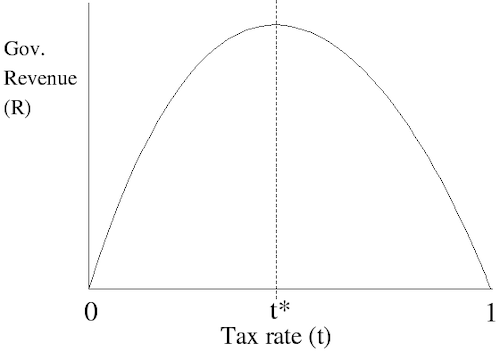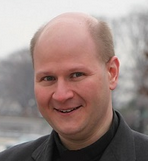
On September 14, 1974, economist Arthur Laffer and three friends had the most productive cocktail discussion in U.S. history. On that day, Laffer famously sketched his U-shaped theory of taxation on a cocktail napkin. It came at the height of the Keynesian ascendancy, just three years after President Richard Nixon proclaimed, “I am now a Keynesian in economics” and as his successor proposed a tax increase.
Laffer argued that higher tax rates produce higher tax revenues, but only up to a point. After taxes reach a certain level, they actually reduce the amount of money the government collects, because people respond to the disincentive by reducing work and investment. Once returns become low enough, people decide they aren’t worth the extra effort.
Canada’s Fraser Institute released a new study today vindicating his theory once again.
In 2016, the federal government in Ottawa raised the top marginal income tax rate from 29 to 33 percent. On paper, this should have increased tax revenues by $9 billion (all figures Canadian).
Unfortunately, the politicians did not correct for human behavior.
Specifically, their estimates did not include “taxable income semi-elasticity,” the change in taxable income as the income tax rate rises one percent. “[A] one percentage-point increase in the top federal personal income tax rate is associated with a reduction of total taxable income by about 0.50 percent,” according to Fraser’s calculations.
According to the institute, the higher tax rates are already costing the Canadian people. While the government would have collected an additional $10 billion in taxes from the highest income earners this year, Fraser estimates they will receive only $800 million under the new scheme.
The government will enjoy higher revenues under the increased tax rate for a short time, but in nine years it will receive less money than if it had maintained the lower rate, the Canadian think tank forecast.
The reality was worse yet. “The federal government’s fiscal report for 2016 indicates that it collected $4.6 billion dollars less from high-income earners in 2016 than in 2015,” Fraser reported.
Fraser’s research reaffirms Winston Churchill’s observation, “To think you can make a man richer by putting on a tax is like a man thinking that he can stand in a bucket and lift himself up by the handle.”
Every person of goodwill wants to fund the government’s necessary purposes – and a government restricted to its constitutionally enumerated powers would present little challenge to fund. Government is so surely necessary that even the Bible affirms it. But confiscatory taxes designed to “soak the rich” in the name of social justice ultimately undermine the government they are intended to enable – and deny their fellow citizens the economic activity, incomes, products, and services that would have been produced had taxes not risen.
This is the second time the Fraser Institute has found empirical verification for conservative, or free-market, economic and social theories that originate in the United States in seven months. Late last year, research produced by the Fraser Institute vindicated the Success Sequence.
One of the Acton Institute’s defining purposes is “connecting good intentions with sound economics.” That means sharing empirical research and data that show how high taxes and spending become self-defeating.
(Photo credit: Public domain.)

